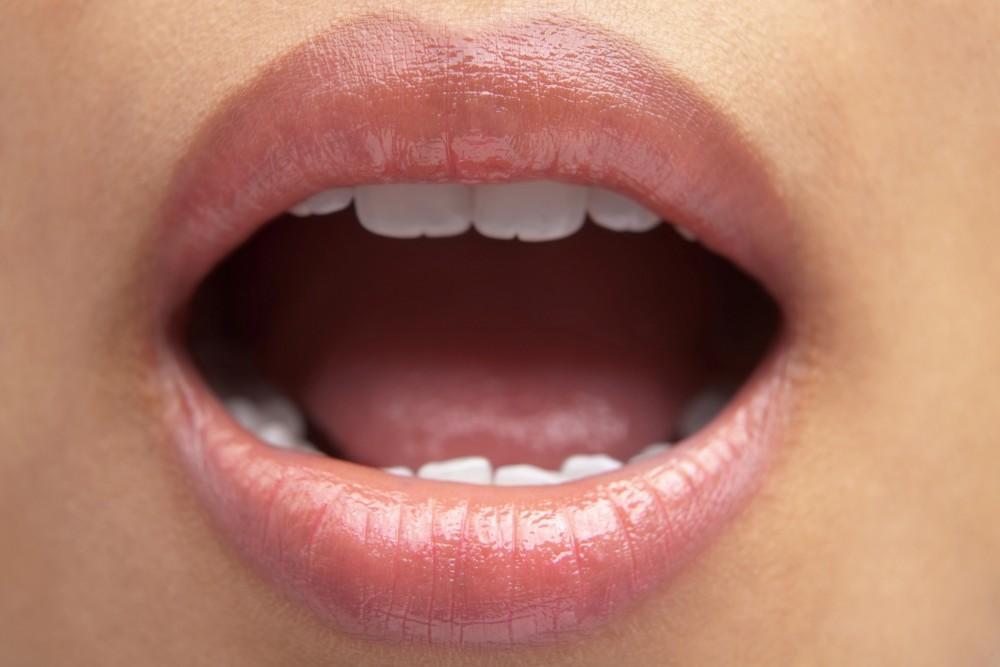
What Causes Puberty-Associated Gingivitis?

Puberty-associated gingivitis is the most preventable form of gingivitis. While it's very similar to the oral disease many adults experience, there are a few key differences. Without professional intervention, puberty gingivitis may progress to more severe adult periodontal diseases as your child ages, so treatment is critical.
Puberty gingivitis is typically the result of a combination of elevated hormone levels, which increase the gingival tissues' response to accumulate dental plaque and poor oral hygiene habits. Read on to learn which children are most at risk of developing puberty-associated gingivitis and what you can do to prevent it from happening to your teen.
Gingivitis Causes and Risk Factors
Puberty gingivitis is most common in preadolescent boys and girls between the ages of 11 and 13. During the early years of puberty, young teens should pay extra close attention to their oral hygiene to prevent gingivitis. Many of the risk factors associated with gingivitis are preventable, and changing certain lifestyle habits can significantly decrease a child's risk.
Certain things can make a person more likely to develop gum disease. Some are inherited, while others, like frequent sugary snacks, put a child more at risk of gum disease. For a teen with braces, fending off plaque can be more difficult. Additionally, flossing is more of a challenge with braces, and many kids avoid the task because of the additional time it takes to perform.
Poor Oral Hygiene
Neglecting brushing and flossing can swiftly lead to gingivitis. Dentists recommend brushing twice a day and flossing once a day to prevent gum disease from forming. Tooth decay and other oral diseases can also suddenly develop when oral hygiene is lacking.
Hormonal Changes
Puberty and menstruation can cause gum inflammation and gum sensitivity. Increases in female sex hormones during puberty can make girls' gums more susceptible to irritation.
Plaque Buildup
If plaque from teeth and gums is not successfully removed by excellent dental care, it will, in time, harden into tartar. Once tartar forms, it starts to destroy gum tissue, causing the gums to bleed and pull away from the teeth.
Tobacco Use
Tobacco use is one of the primary causes of gum disease. Teens who smoke, vape, or chew tobacco are seven times more likely to contract gum disease than non-smoking peers. Children and teens who have never smoked tobacco are at a substantially lower risk of developing gum disease than those who have.
Stress
Being under continuous stress weakens the immune system and increases inflammation. High-stress levels, combined with poor oral health and hygiene, can cause gum disease to develop over time.
Poor Nutrition
Poor nutrition can make it challenging for the body to fight off infections, which puts children at a higher risk of developing gum disease. The buildup of dental plaque is more likely if a child regularly consumes sugary foods, soft drinks, and foods high in carbohydrates and saturated fats.
When To Seek Professional Help
At this point, you won't be surprised to learn that the best treatment for puberty-associated gingivitis is prevention! As your child gets older, it's critical to implement excellent oral hygiene practices and ensure that your child follows through with a great daily routine. Ensure they are brushing thoroughly for a full two minutes, at least twice a day, and flossing at least once a day.
If your child has already developed gingivitis, it's best to begin treatments as soon as possible. Periodontal therapy, scaling, root planing, and mouthwashes containing chlorhexidine can help control the infection.
At Elite Denture & Dental PC, we care about your entire family's oral health. If you notice any of the mentioned symptoms of puberty-associated gingivitis in your teen, contact our office as soon as possible to schedule an exam and treatment plan to prevent tooth loss.
You Might Also Enjoy...


Is Mouth Breathing Bad?

Can Improving Your Smile Boost Your Career?

The Do's and Don'ts of Tooth Extraction

The Oral Health – Mental Health Connection


